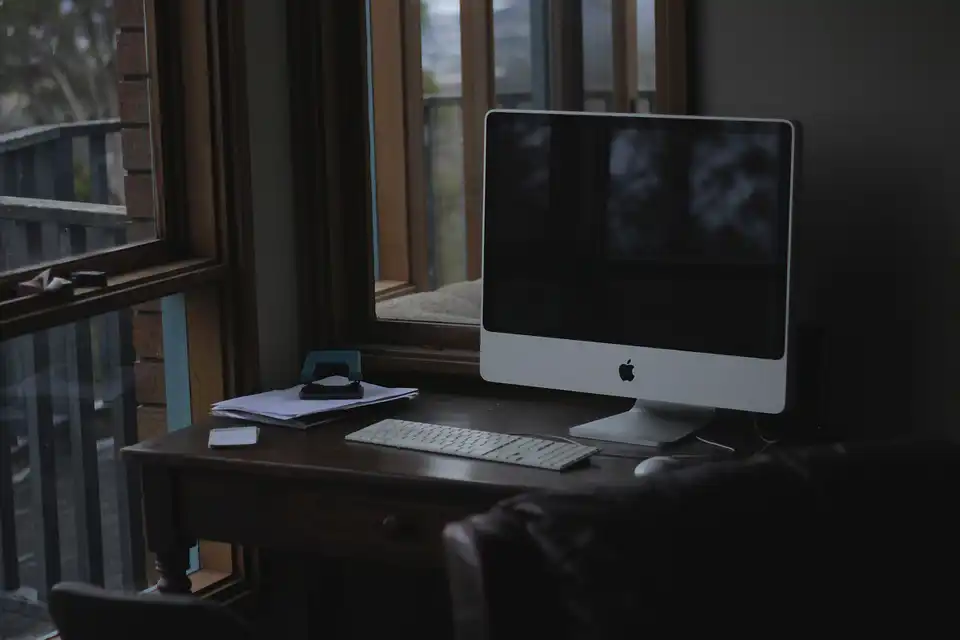Uniting Art and Science
Combining scientific innovation and artistry, Microsoft was able to build something spectacular - a piece of glass, no larger than a drink coaster, to be an archival-grade storage device. Square, transparent, and almost ethereal, this Microsoft innovation isn't just ordinary glass but a medium of futuristic data storage.
The fantasy of storing data in glass, though seeming like something from an Orwellian era, has become a reality thanks to hard work and collaboration from a team of experts in diverse fields. The journey from concept to product was long, challenging, and fraught with setbacks, but the result is no less than wondrous.

The mix of science and art has offered a revolutionary invention. This 'glass vault' isn't just a product; it's the fruit of shared chemistry and combined decades of expertise, making the Sci-Fi concept a practical proposition.
This achievement hasn't just opened a new frontier in storage mediums, but also underlined the need for lateral thinking and problem-solving within the technology space.
Project Silica - A Leap Ahead
This marvel, dubbed as Project Silica, was born out of an idea to create an archival storage medium that could potentially keep data safe for centuries to come. Packed with practical use-cases, one can arguably say it's a step toward achieving data immortality.
But achieving such a hardy storage system took intricate knowledge, exceptional execution, and a bold vision. Being a first of its kind breakthrough, it drew from multiple disciplines and integrated sophisticated technologies.
Unraveling the different layers of Project Silica - from concept through research, drafting, testing, refining, and ultimately creating - unveils the intricate dynamics that went into making this glass medium a reality.
Project Silica is not just an innovation. It is the cornerstone of a data storage revolution, breaking away from traditional techniques, and setting the bar high for what's next to come.
Femtosecond Lasers: The Building Blocks
A key component in creating the glass medium was the femtosecond laser, a tool that fires ultrafast blasts of light measured in quadrillionths of a second. These lasers create voxels within the glass that serve as the data points, much like pixels in a digital photo.
Each voxel develops a unique structural change or 'deformation', encoding the data. These deformations can be interpreted by machine learning algorithms to retrieve the stored data. The voxels are not just 2D but exist in 3D space within the glass, stacking up layer upon layer.
With hundreds of layers of data possible, the glass medium offers extraordinary storage densities compared to traditional storage mechanisms, which are limited by their planar characteristics.
The femtosecond lasers are the heart of Project Silica's technology, unlocking the vast potential of glass as a storage medium.
Overcoming Challenges: Data Extraction
An important part of Project Silica was not just writing data onto the glass, but also successfully extracting it. Microsoft had to work with polarized light to read the data, battling challenges due to interference and polarization effects.
Since standard optical methods couldn't work, a machine learning algorithm was developed. It was programmed to differentiate between true data signals and erroneous noise, making data extraction from the glass medium feasible and accurate.
The algorithm's ability to ignore interference, coupled with the glass's inherent stability, ensures longevity and reliability of data storage unlike ever before.
In Project Silica, the challenges posed by data extraction were converted into tools to refine and perfect the technology.
The Future of Data Storage
This union of art and science leverages Microsoft's breadth of technology prowess, from ultrafast lasers to machine learning and artificial intelligence. The journey thus far is promising and indicates a bright future for Project Silica.
With the potential to revolutionize how data is stored in the future, the glass medium is not just a current advancement, but a stepping stone towards future enhancements in the realm of data storage.
Indeed, as we look forward, we can hope for a future where vital data - be it historical records, articles of intellectual value, or personal memories - are immortalized in glass, prevailing for possibly hundreds of years to come.
The enchantment of Microsoft's Project Silica lies not only in what it is today but in the captivating future it points towards for the technological world.